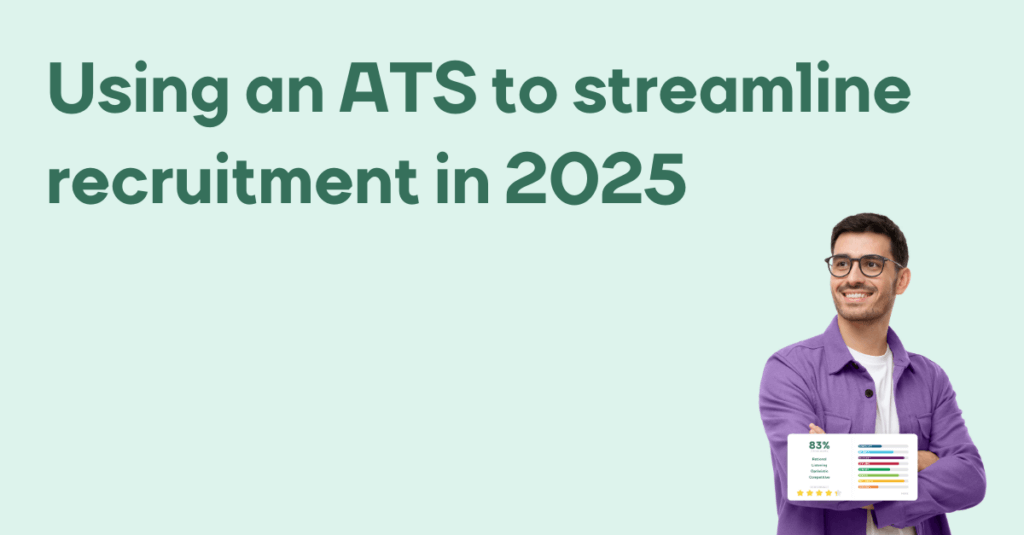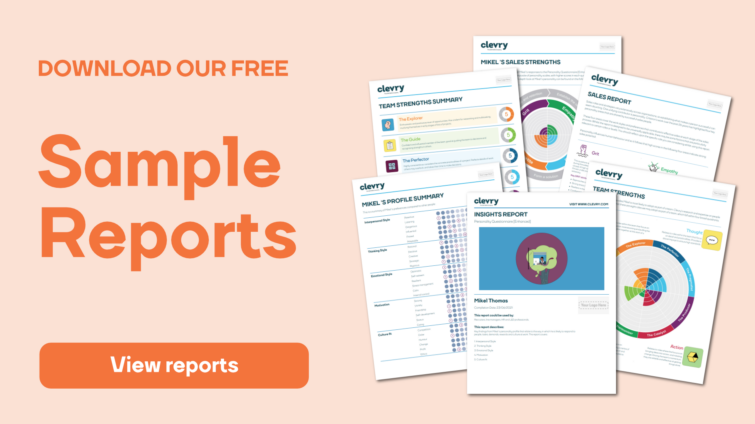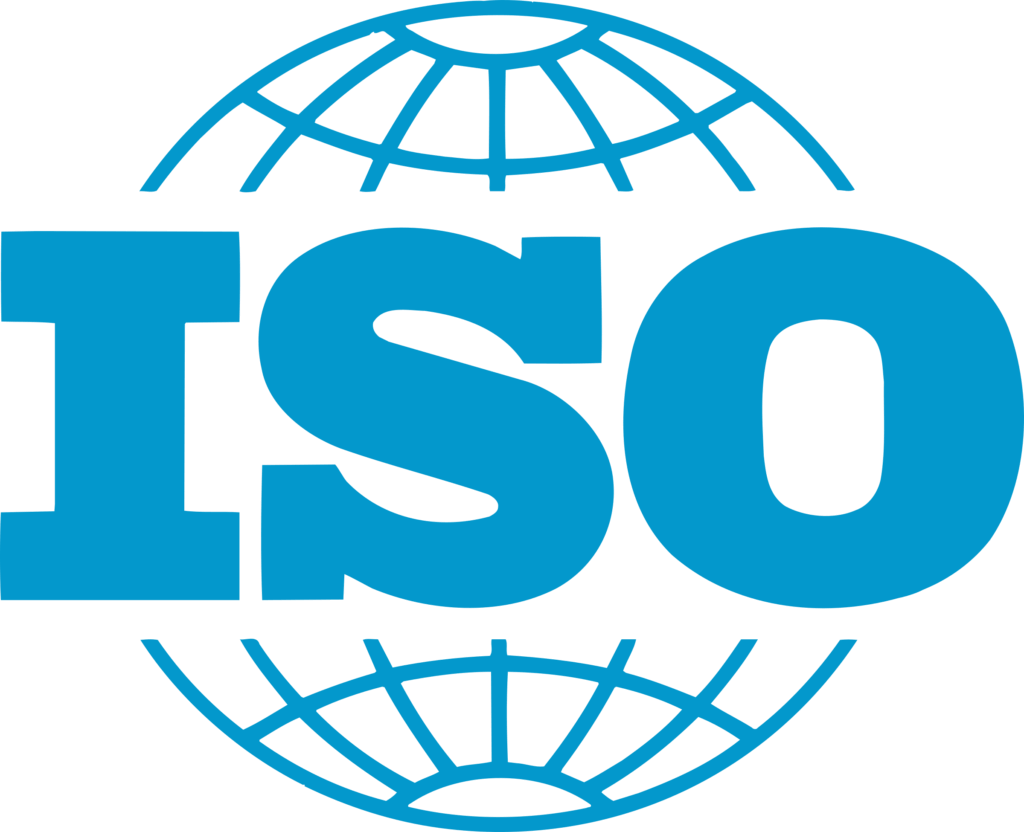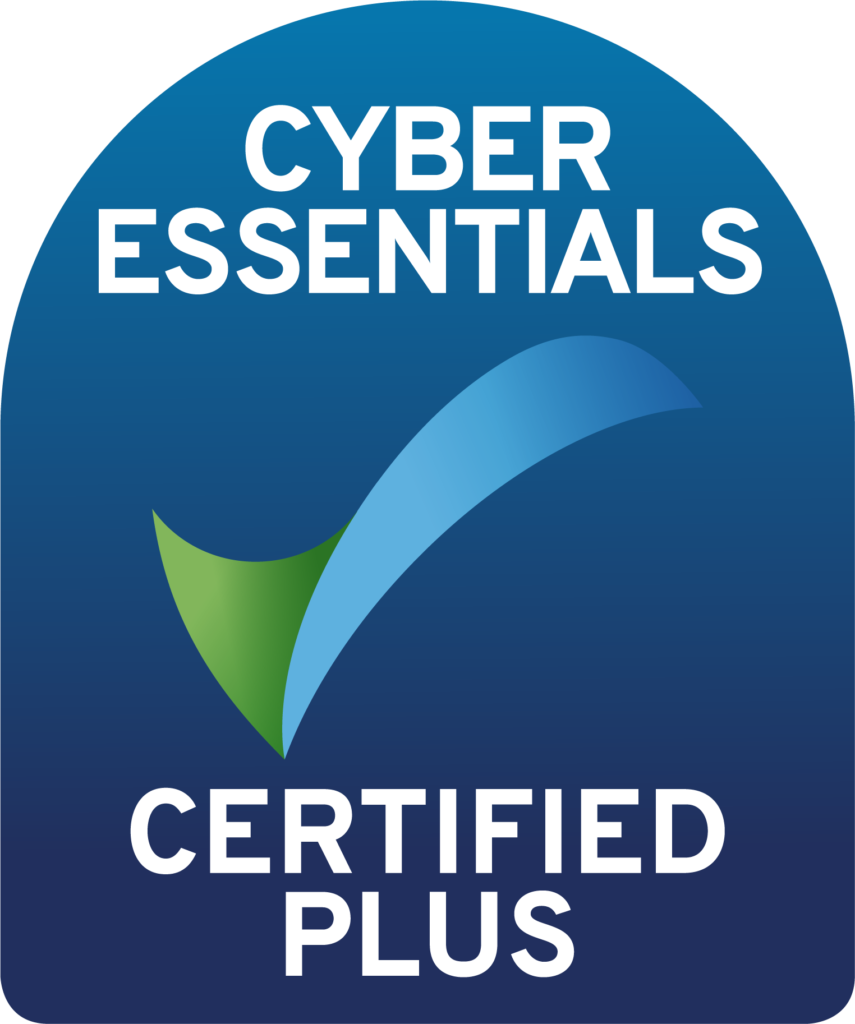Recruitment practices continue to evolve as technology reshapes traditional hiring methods. One tool that has repeatedly proven its popularity (and value) is the Applicant Tracking System (ATS). An ATS can play a vital role in helping HR departments, recruiters, and business owners manage recruitment processes with greater efficiency.
In this article, we will explore what an ATS means, why recruiters benefit from using one, and the advantages that come with incorporating an ATS into your hiring practices. We will also highlight how Clevry’s ATS system can support your recruitment strategy in 2025 and beyond.

What does ATS mean?
An Applicant Tracking System (ATS) is a software solution designed to manage and streamline the recruitment process. The system supports the entire hiring cycle from job posting to candidate selection. Its primary functions include:
- Centralised Candidate Management:
The ATS provides a single platform where candidate applications are collected, stored, and organised. This makes it easier for recruiters to review resumes and track candidate progress. - Automated Processes:
Automation features reduce the manual effort required to sort resumes, schedule interviews, and send follow-up messages. Automation also minimises errors and enhances consistency throughout the process. - Enhanced Communication:
An ATS facilitates clear communication between recruiters, candidates, and hiring managers. It enables efficient scheduling, interview coordination, and timely feedback. - Data and Analytics:
By recording every interaction, an ATS offers insights into the effectiveness of recruitment strategies. Metrics such as time-to-hire, cost-per-hire, and source effectiveness are essential for refining future recruitment efforts.
These core functionalities are designed to reduce administrative workload, allowing recruitment teams to focus on engaging with candidates and evaluating talent.
Do recruiters need to use an ATS?
Recruitment today involves juggling multiple tasks and keeping track of numerous candidates simultaneously. An ATS becomes a valuable asset under these conditions. Consider these scenarios:
- High Volume of Applications:
When a job opening attracts many applicants, manually sorting through each resume can be overwhelming. An ATS quickly filters out candidates based on predetermined criteria, ensuring that recruiters focus on the best matches. - Collaboration Across Teams:
In cases where multiple stakeholders are involved, an ATS ensures that everyone has access to the same candidate information. This shared view promotes transparent communication and coordinated decision-making. - Compliance and Record Keeping:
Legal and regulatory requirements often necessitate the careful retention of candidate data. An ATS automates data storage and retrieval, ensuring that all records meet compliance standards. - Efficiency and Time Management:
By automating routine tasks, recruiters can devote more time to strategic activities such as engaging with high-potential candidates and refining their search criteria. This shift not only enhances efficiency but also improves the overall candidate experience.
Without an ATS, managing these aspects of recruitment can become cumbersome. Manual processes risk errors and delays, which may lead to losing qualified candidates. In contrast, an ATS supports streamlined operations that accommodate rapid recruitment cycles, a factor that is increasingly important as talent markets grow more competitive.
What are the benefits of using an ATS?
Integrating an ATS into your recruitment process brings multiple benefits. These benefits extend to operational efficiency, candidate experience, and data-driven decision-making. Let’s examine these advantages in detail.
Streamlined Workflows
One of the most immediate benefits of an ATS is the automation of routine tasks. The system manages tasks such as resume screening, interview scheduling, and follow-up communication. This level of automation reduces the workload on recruiters, allowing them to dedicate more time to evaluating candidate fit and engaging in strategic discussions with hiring teams.
Better Candidate Experience
Candidates expect timely and clear communication during the recruitment process. An ATS enables personalised interactions by sending automated updates at every stage of the hiring process. This keeps candidates informed about their application status, interview schedules, and next steps. By providing a seamless experience, companies are more likely to secure top talent and build a positive reputation in the talent market.
Enhanced Data Management
Data is a crucial asset in modern recruitment. An ATS centralises all candidate information, making it easier to analyse application trends, source effectiveness, and hiring outcomes. With these insights, recruiters can refine their strategies, tailor job descriptions, and improve overall recruitment processes. The ability to generate detailed reports also aids in demonstrating the return on investment (ROI) for recruitment initiatives.
Cost Efficiency
Recruitment expenses can quickly add up when manual processes dominate the workflow. An ATS reduces the need for paper-based tracking and minimizes the hours spent on administrative tasks. By automating repetitive work, companies can lower their overall recruitment costs while improving the quality of candidate evaluations.
Scalability
As companies grow, recruitment needs evolve. An ATS is scalable and can adjust to handle an increasing volume of applications without compromising performance. Whether hiring a few specialised roles or managing large-scale recruitment drives, an ATS adapts to the demands of the organisation.
Better Team Collaboration
Recruitment is a team effort that often involves HR professionals, department heads, and external partners. An ATS provides a centralised platform where all stakeholders can access and review candidate profiles. This shared access helps in aligning recruitment goals and ensures that feedback is recorded in a structured manner. When everyone is on the same page, decisions are made more efficiently and cohesively.
Enhanced Candidate Screening
Modern ATS systems are equipped with sophisticated screening tools. They can automatically parse resumes, match keywords to job descriptions, and rank candidates based on predefined criteria. This ensures that the best-suited candidates are prioritized for further assessment. The initial screening process becomes more objective and reduces the influence of unconscious bias.
Reduced Time-to-Hire
Time is a critical factor in recruitment. An ATS accelerates the entire process by automating key tasks and facilitating quick communication between candidates and recruiters. Faster processing times can help companies secure top talent before competitors have a chance to make an offer. Reducing time-to-hire not only improves the candidate experience but also aligns with the operational needs of growing organisations.
Centralised Compliance and Audit Trails
Regulatory requirements demand careful handling of candidate information. An ATS automatically archives every interaction, ensuring that companies meet data retention policies and other legal obligations. This centralised record-keeping simplifies audits and ensures that recruitment processes are transparent and accountable.
Integration with Other HR Systems
Modern recruitment environments often rely on a suite of HR technologies. An ATS typically integrates with other systems such as human resource information systems (HRIS), payroll, and onboarding platforms. These integrations facilitate seamless data flow across the organisation, reducing the need for redundant data entry and minimising the risk of errors.
Customisable Workflows
Every organisation has unique recruitment needs. Many ATS platforms allow customisation of workflows, ensuring that the system aligns with specific hiring practices. Whether it is adjusting the stages of the recruitment process or setting up automated notifications tailored to particular roles, an ATS can be configured to meet organisational requirements.
How Clevry’s ATS enhances your recruitment process
When selecting an ATS, it is important to choose a solution that not only meets your current needs but also adapts to future challenges. Clevry’s ATS system is designed with a focus on efficiency, data accuracy, and an intuitive user interface. Here are some key features that set Clevry’s ATS apart:
User-Friendly Interface
Our ATS was built with simplicity in mind to allow HR professionals and recruiters to easily navigate candidate profiles, schedule interviews, and generate insightful reports without a steep learning curve. A user-friendly interface ensures that teams can quickly adapt to the system and maintain productivity.
Robust Automation Capabilities
Automation helps you to reduce manual effort and help maintain consistency throughout your recruitment processes. Automated screening, scheduling, and communication ensure that every candidate receives timely updates. This consistency not only improves operational efficiency but also enhances the candidate experience.
Powerful Analytics and Reporting
Data-driven decision-making is a cornerstone of modern recruitment. Clevry’s system offers detailed analytics and reporting tools that provide insights into every stage of the hiring process. These reports can help identify areas for improvement, track key performance indicators, and measure the overall effectiveness of recruitment strategies.
Seamless Integration
Easily integrate with a range of other HR systems, giving you added flexibility no matter what the size of your company. Whether you are looking to connect with onboarding systems, other assessment platforms or link to your existing HRIS, the system’s compatibility ensures smooth data transfer across platforms.
Customisation for Specific Needs
Recognising that every organisation has distinct requirements, our ATS is highly customisable. Recruitment workflows can be adjusted to match specific hiring practices, and automated triggers can be set up according to your organisation’s preferences. This level of customisation ensures that the system grows alongside your business needs.
Reliable Support and Training
Implementing a new ATS can be challenging without proper support. Clevry provides comprehensive training and ongoing support to help your team get the most out of the system. With expert guidance available at every step, you can be confident that your recruitment process is in capable hands.
Focus on Skill-Based Recruitment
Our ATS takes a ‘skills-first’ approach, ensuring that candidates are assessed based on their abilities rather than traditional indicators, and this ethos is embedded throughout our ATS. This modern approach to recruitment helps companies find candidates who are truly qualified for the roles, fostering a more inclusive and effective hiring process.
Real-world applications
Consider a mid-sized company looking to expand its operations rapidly. Traditionally, the HR department might have struggled with the volume of applications and the time required to screen candidates effectively. By implementing an ATS, the company can automate the initial screening process, ensuring that only candidates who meet the essential criteria progress to the next stage. In this scenario, an ATS not only speeds up the recruitment process but also improves the quality of hires by filtering out unqualified applications.
Similarly, a business with multiple branches in different locations might face challenges coordinating interviews and managing candidate data across offices. An ATS enables centralised management of candidate information, allowing recruiters from various locations to access the same data in real time. This approach minimises delays and inconsistencies, ensuring a smoother recruitment process across the organisation.
The future of recruitment with ATS
As recruitment strategies continue to adapt to technological advancements, the role of an ATS is set to expand. Innovations in artificial intelligence and machine learning are enhancing the ability of ATS platforms to predict candidate success, optimise job postings, and further reduce administrative burdens. These advancements allow recruiters to focus on building relationships with candidates, improving employer branding, and refining hiring strategies.
The increased reliance on remote work and virtual hiring processes further underscores the importance of having a robust ATS in place. With the shift towards digital recruitment methods, an ATS that supports remote collaboration, secure data management, and scalable operations becomes a strategic asset for any organisation.
Conclusion
An Applicant Tracking System is more than just a tool—it is an essential component of modern recruitment strategies. By automating routine tasks, centralising data, and enhancing collaboration, an ATS allows HR professionals, recruiters, and business owners to concentrate on what truly matters: finding and engaging the right talent. With the increasing complexity of recruitment processes, investing in an ATS is a practical step towards maintaining efficiency and competitiveness.
Learn more about how our solution can enhance your recruitment strategy by visiting Clevry’s Skills First ATS.



